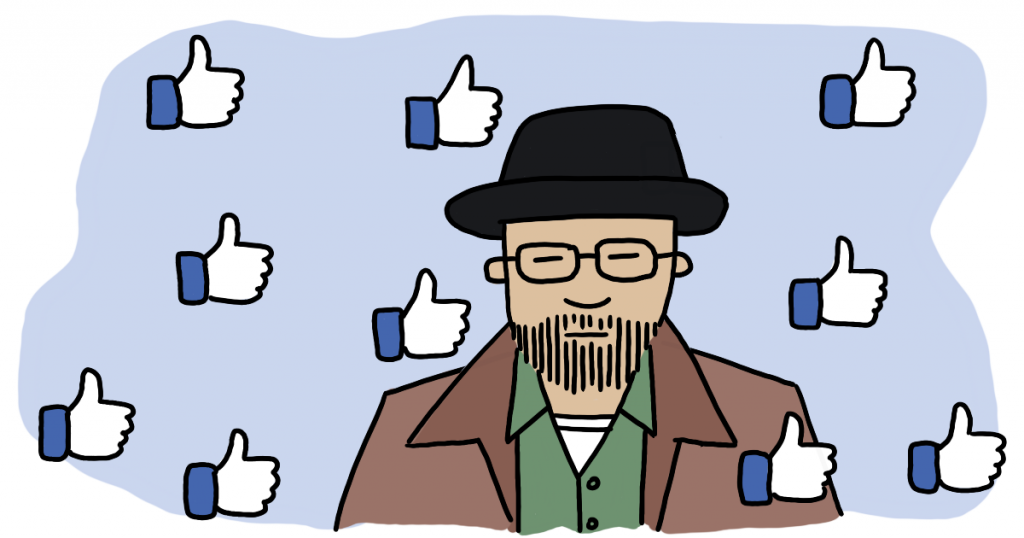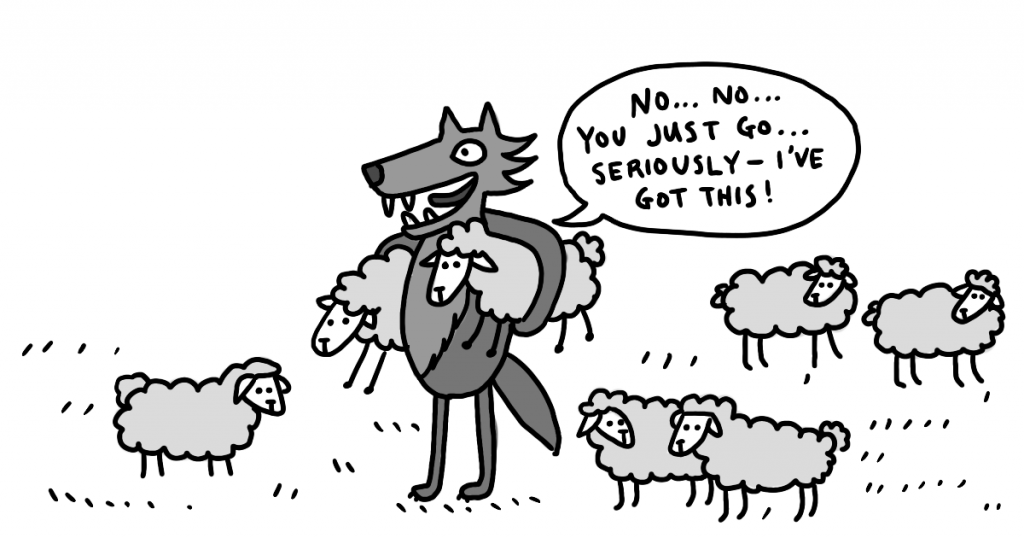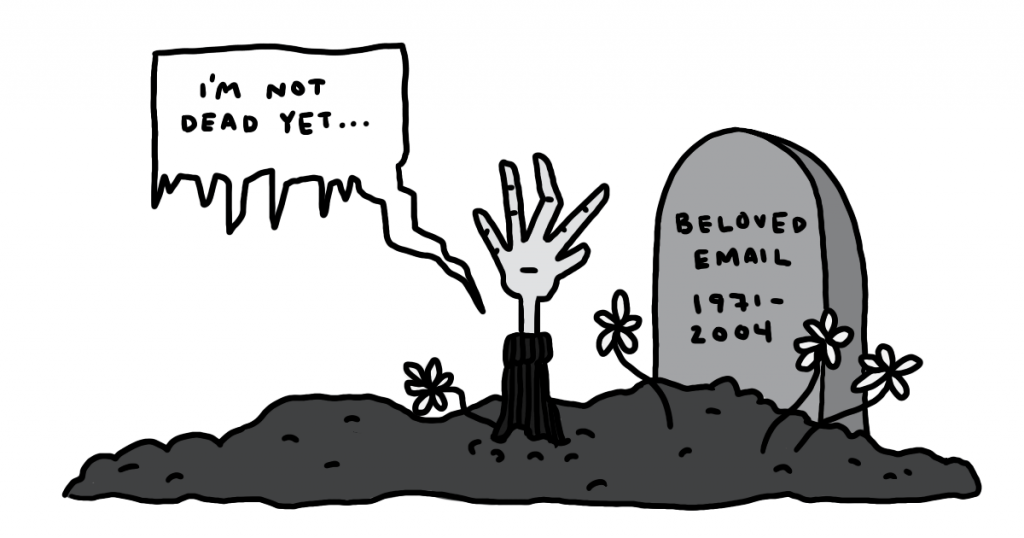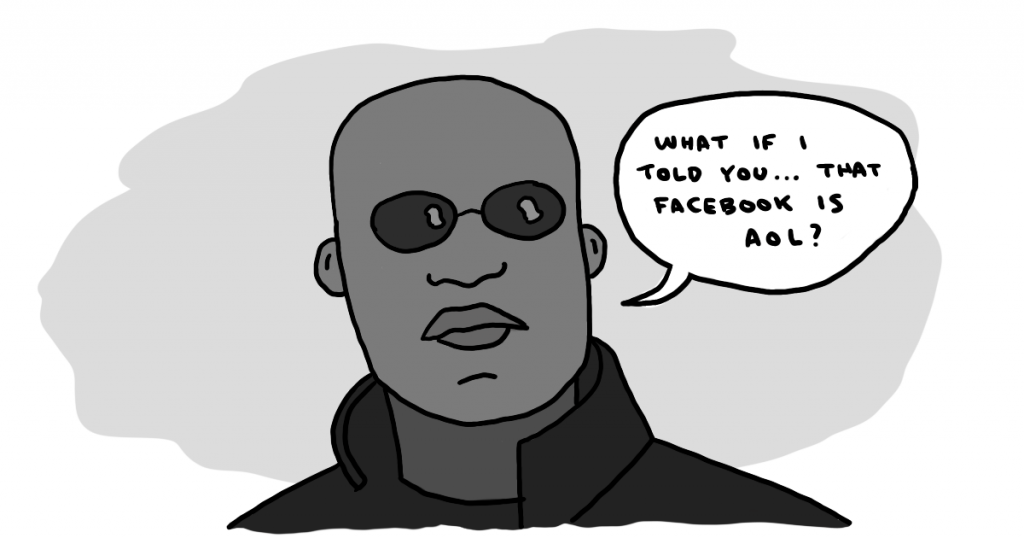Own Your List
TL;DR: Social networks promise an audience in exchange for your list; this price is too great. It’s time to write your own deal.

I’m an addict. That’s an overstatement. I have an addictive personality. Give me a drink, and I’ll reach for a second. Now happy, I’ll reason that a third is a good idea. And if I’ve gone this far, why not a fourth? It’s no different with Doritos. I don’t eat one or two; I suck up the whole bag. (For obvious reasons, I’ve never tried cocaine.)
Addictive substances share common traits. One is that the first try is commonly free. Another is the notion of “chasing the dragon.”1 Yet another is how quickly we become dependent on them. In this respect, social networks aren’t that different from opioids. It’s easy to try them; the cost to use them increases once you’re hooked; and, they’re difficult to quit.
How did we get here?
Let’s go back in time, 10 years or so. In this hypothetical situation you write a blog, and see a bonkers spike in your daily unique visits. You dig into your analytics to find that Facebook’s driven 10,000 new readers to your blog. This is pretty appealing (because writing for no audience is a drag).
So, you take it up a notch. You create a Facebook page and direct your audience to subscribe. Then, you use it as your primary means of engaging with your audience. You remove the comments thread from your website, replacing it with Facebook commenting. This cuts down on spam comments, and gets you around a bunch of tedious moderating.
This is cool, you reason. Who cares where you post your stuff, so long as folks hear what you have to say? Plus, it’s more convenient. You’re busy; why not take any advantage you can get?

At what cost?
This is fine reasoning… until it doesn’t quite work any longer. Over time, traffic slows. In spite of your content improving, your Facebook posts do less. You see that many are commenting on Facebook without even reading your post. It seems readers are engaging with your headlines, not your articles. And this all happens on someone else’s network.
This is the point at which you start chasing the dragon. You want access to Facebook’s amplification, but it’s no longer free. If you want your posts to get noticed, you need to boost (i.e. pay) to promote them. You aren’t paying to reach new audiences—this is so you can reach the very people you brought to that page/platform.
You think about rolling it all back. What if you shut down your page and move your subscribers back to a plain old email list? Good luck with that. You traded your audience for traffic. Your audience might want your content, but Facebook owns them. (Same goes for Instagram, Medium, and YouTube.)
Ouchy!
This is the uncomfortable point in the article in which we tear off the bandage. Sorry. This one is a toughy. The audience you brought to Facebook? They aren’t leaving with you. It’s not as bad as you think, though. They haven’t paid attention to you there, for a long time.
Regardless, you must do it. Engagement on your Facebook page stinks. Some followers are fakes. Plus, Facebook’s analytics are bogus. You can stay, and pretend you’re building your brand. The longer you do, though, the more you lose. This is where you learn your lesson: Your list is valuable. Don’t trade it for brief bumps in traffic.

What’s the alternative?
Now, we get to the good part. Do you remember what you had before Facebook? You had a direct connection with your audience. They gave you permission to reach out to them when you had something good to say. More than that, you had actual activity on your blog. Sure, you had to moderate it, but those readers returned to your website—for conversation.
This is the promise of a future without Facebook. It’s you owning your relationship with the people who care about what you do. It’s you having unfettered ability to say what you want, when you want—all while growing a brand/tribe that matters.
The next web is social-y
But, you miss the reactions, likes, hearts, and easy commenting. This shouldn’t be exclusive to networks like Facebook, though. It’s time to take something back from Facebook, which took so much from the web. The elements that make Facebook intuitive, engaging, and responsive can—and should—live on any website. We only need to build these features.
That’s what @shelkie and I are working on, with Emetti (especially Announce). We’re prying the engagement characteristics out of social networks and liberating them. Those same tools you see in walled gardens should work on your website. You should engage your audience in any way you’d like. Websites deserve to be more dynamic, more responsive, more personal, and more alive. Perhaps this is Web 3.0. (I miss cracking jokes about Web 2.0.) I don’t know what to call it, but I know it’s what we need.
Of course, we probably won’t get it right—but someone will. To me, this is the nature of the web: always changing, mutating, and rewiring itself. It consolidates, and then it decentralizes. After a long period of consolidation, we ’re overdue for substantial decentralization.

Homework
Create a simple mailing list for your company/brand, and ask your followers to migrate to it. Want to up the ante? Tell them you’ll provide exclusive content to subscribers—and that you’re shutting down your social feeds. Even better? Get on the beta-list for Emetti, and we’ll give you early access.2
—
- “Chasing the dragon” refers to the diminishing returns related to consuming heroin. Specifically: The initial pleasure is hard to replicate, causing the user to consume greater quantities to achieve the same outcome.
- It’s really close to launching… Seriously. Really close. And if it isn’t, Shelkie will need to cancel his vacation plans so he can ship the thing. ;-)
I’m @karj and the above is just my opinion. Looking for more? Here’s a full list of articles and information on my books. This is what I’m doing now, and what I don’t do. I’d love it if you tried Emetti on your website!